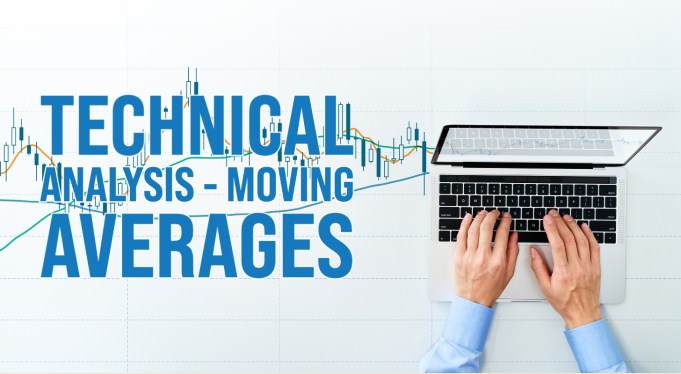Technical analysis is a popular approach used by traders and investors to analyze and attempt to anticipate future price movements in financial markets. It involves studying historical price and volume data to identify patterns and trends that can help make informed trading decisions
One of the fundamental tools in technical analysis is the moving average, which provides valuable insights into market trends and potential support and resistance levels. In this primer, we will explore the concept of moving averages and their significance in technical analysis
Understanding Moving Averages
A moving average (MA) is a calculation that smooths out price data over a specified period by averaging the values. It helps to identify the overall direction of a market trend and filter out short-term fluctuations. Moving averages are commonly used to generate buy and sell signals, determine support and resistance levels, and identify trend reversals.
Moving averages can be used with any timeframe, and as an example of how moving averages are calculated, we have provided an example below on Brookfield Corporation (BN). This example is calculating the 5-day Moving Average of Brookfield, and the 5-day moving average at any point in time is simply the average price over the previous 5 days. This creates a rolling average for BN, and the logic is that the fewer days used in calculating the moving average, the more closely it will resemble the actual price. Whereas, a 200-day MA for example will average the prior 200 days’ prices, which in some cases will be vastly different than today’s price.
To demonstrate, the below chart is a chart of BN’s daily price over the past 10 years (in black) and its 5-day moving average (in purple). We can see that both are very similar and on a long timeframe, this does not provide us with much insight.
However, using a longer MA such as the 200-day MA, we are provided a lot more insight into BN's price performance and trends over the past 10 years.
Just using a rough technical analysis on BN using the 200-day MA, we can see that for much of 2013 to 2015 the 200-day MA acted as a support level for BN, between 2015 and 2016 the price consolidated around its 200-day MA, again the 200-day MA acted as support between 2016 and 2020 until consolidation occurred in 2020 to 2021, again acting as support between 2021 and 2022, and finally it is now acting as resistance from 2022 to today (price gets rejected off of this trendline).
Uses of the Moving Average
In our example using BN, we can see that moving averages can be useful in a few different areas of investing, mainly we find that moving averages provide key insights using the following:
- Trend Identification: Moving averages help identify the direction of a trend. When the price is above the moving average, it indicates an uptrend, while a price below the moving average suggests a downtrend.
- Support and Resistance Levels: Moving averages can act as support or resistance levels. During an uptrend, the moving average may act as a support level, as we demonstrated with BN, where the price tends to bounce off of. Conversely, in a downtrend, the moving average can act as a resistance level, limiting upward price movement, as we can see with BN throughout 2022 to today.
Moving averages are versatile tools that provide valuable insights into market trends and potential price levels. Moving averages in conjunction with knowing the fundamentals of a company can help an investor with understanding why a stock might be trading the way it is, as well as using historical patterns to create probable scenarios for the future.
Research for Today, Invest for Tomorrow.

Twitter: @5iChris






Comments
Login to post a comment.